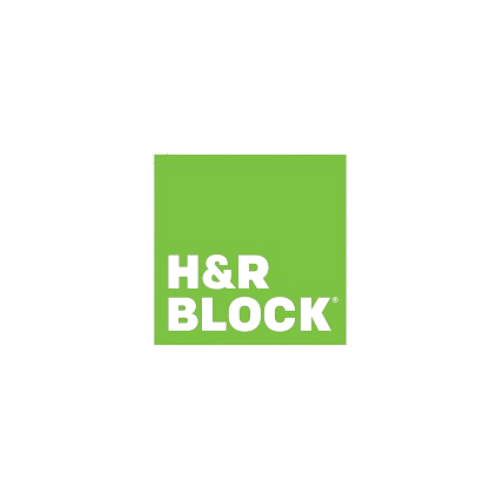I filed a story, just barely meeting my deadline. Before rushing to another press conference I looked down at my iPhone to see I had 44
missed calls. They were all from the same number.
He left one voicemail. It was a public relations flack asking if I was willing to meet with his client at the Consumer Electronics Show. His voice trembled with desperation: "I spoke to you before the show," he said,
"and I was wondering if you could reconsider."
I had already politely said "No" to this gentleman prior to CES, because his client's company wasn't relevant to my beat. Apparently that wasn't enough, and neither was calling me 44 times: My phone rang again. It was the same number.
I can't blame him for trying. CES is the largest, most significant technology convention in the United States. It's where the greatest innovations (such as the VCR, CD and DVD) see the light of day before they descend into our living rooms, pockets and cubicle desks.
And it's equally the most stressful, frustrating week for anybody in the tech industry, including the companies exhibiting, the PR professionals representing them, and the journalists reporting on the convention.
Don't get me wrong: Just being at the convention is an opportunity no one should take for granted. It's the situation that's conducive to emotions running high. At CES this year there were more than 2,500 tech companies and
20,000 new products. The convention is held in a center measuring 1.7
million square feet, or about two square miles. And there are a few thousand journalists and bloggers scurrying around the show floor snapping photos and writing up whatever they found interesting.
Of course, that adds up to multitudinous levels of ruthless competition.
The companies are competing with each other for the attention of buyers and investors. Public relations professionals are competing for the attention of journalists to gain exposure for their clients. And journalists are, of course, competing with each other on getting scoops.
It's the one week where incessantly calling a person's cellphone is somehow accepted protocol. It was a week where I found myself pushing through and fighting with other journalists just to snap a photo of a brand new laptop. It's a week where PR flacks, who normally recite only bland, positive statements, have the nerve to call a reporter's boss to scream about a missed meeting.
That week 12 of us -- Dylan Tweney, Daniel
Dumas, Annaliza Savage, Jonathan Snyder, Eliot Van Buskirk, Joe Brown,
Mark McClusky, John Ross, Michael Lennon, Priya Ganapati and Charlie
Sorrel and I -- completed a mental and physical marathon, speed walking mile after mile to press conferences, meetings, keynote speeches and product launches. We shot pictures, taped videos, punched out news stories and chowed down meals when we had minutes to spare. Every day was a 12 to 16 hour day of work.
There are a few compensations: Getting to see great new products at the moment they see the light of day is a thrill. Hanging out with your colleagues and competitors over a friendly drink is a rare treat. And enjoying the top-notch cuisine of Las Vegas, when the schedule allowed, also helps take the edge off the stress a little.
But it was the one week where none of us felt human. To sum it all up in five words like I did in a radio interview over the weekend: "It was a living hell." But I'd put it down in my book as one of those experiences that
Christians would call "soul building."
Congrats, guys. We did it.
Top photo: Jonathan Snyder/Wired.com. Bottom photo: Charlie Sorrel/Wired.com







